As a vital element of your yard’s overall aesthetic appeal, How To Clean Up Landscape Rocks effectively is essential for maintaining a visually stunning and long-lasting outdoor space. At rockscapes.net, we’ll guide you through the best practices for cleaning and maintaining your landscape rocks, ensuring they remain a beautiful feature of your property with simple cleaning solutions. Keep your rockscapes pristine with these rock cleaning methods!
1. Why Cleaning Landscape Rocks Is Crucial?
Regular cleaning of landscape rocks offers several advantages, enhancing both the aesthetic appeal and functionality of your outdoor space. Let’s explore those reasons:
- Enhances Aesthetic Appeal: Clean rocks significantly improve the appearance of your outdoor area, making it more inviting and attractive.
- Prevents Weed Growth: Removing debris reduces the conditions conducive to weed growth, saving you time and effort in the long run.
- Improves Drainage: Clean rocks maintain proper drainage, preventing water buildup and potential water damage.
- Extends Lifespan: Regular cleaning prevents damage and extends the life of your landscape rocks, saving you money on replacements.
2. Essential Tools and Materials for Rock Cleaning
Before diving into the cleaning process, gather the necessary tools and materials to ensure efficiency and effectiveness.
| Tool/Material | Purpose |
|---|---|
| Garden Hose | Used to rinse off loose dirt and debris from the rocks. A pressure washer can be used with caution for more stubborn dirt. |
| Stiff-Bristle Brush | Essential for scrubbing the surface of the rocks to remove algae, moss, and other buildup. |
| Bucket | Used to hold cleaning solutions. |
| Mild Detergent | Mixed with water to create a gentle cleaning solution suitable for most types of rocks. |
| White Vinegar | Effective for tackling stubborn stains and algae. Mix with water for a more potent cleaning solution. |
| Bleach (Optional) | Use with caution for white stones with tough stains. Always dilute and rinse thoroughly. |
| Safety Goggles | Protects your eyes from splashes and debris, especially when using a pressure washer or bleach solution. |
| Gloves | Protect your hands from cleaning solutions and rough rock surfaces. |
| Leaf Blower/Rake | Helps to remove leaves, twigs, and other loose debris from the area. |
| Small Brush/Toothbrush | Useful for cleaning crevices and hard-to-reach areas on the rocks. |
| Stone Sealer (Optional) | Applying a sealant after cleaning can help protect the rocks and make future cleanings easier. Make sure it is specifically designed for the type of stone used. |
3. How to Clean Large Landscape Rocks
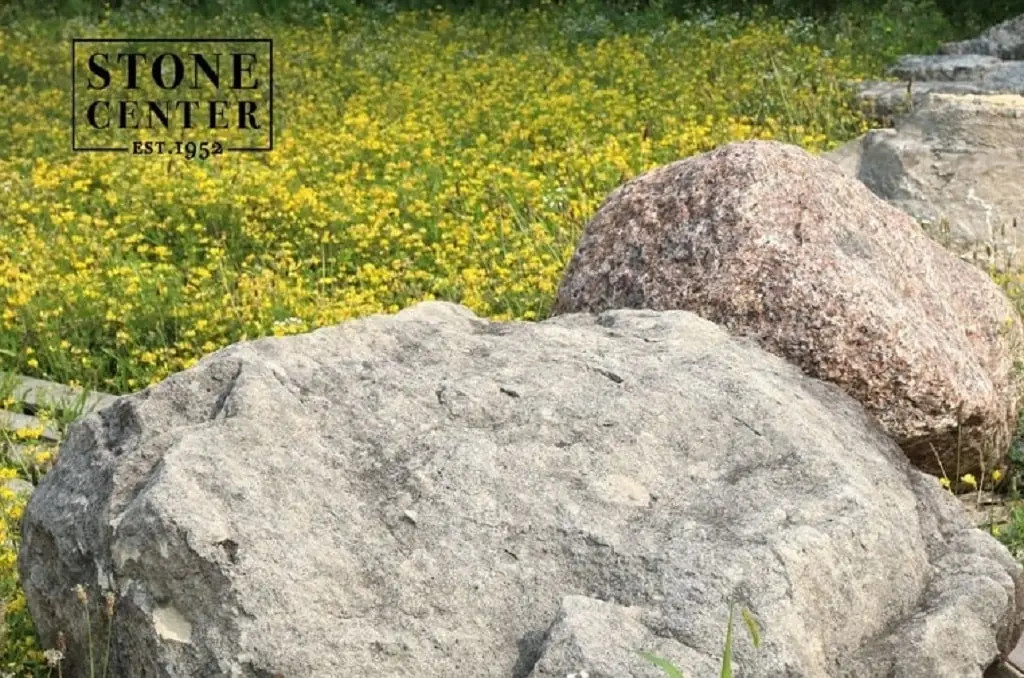 how to clean river rock
how to clean river rock
Cleaning large landscape rocks can be a challenging task, but with the right approach, you can restore their natural beauty.
- Gather Your Tools: You’ll need a pressure washer or garden hose, a stiff-bristle scrub brush, and a bucket.
- Remove Debris: Use a brush, rake, or leaf blower to clear away any loose dirt and debris from the rock surfaces.
- Rinse the Rocks: Use a garden hose to gently rinse the rocks, starting from the top and working your way down.
- Scrub the Rocks: For tough stains and algae, use a stiff-bristle brush or pressure washer. Be cautious with the pressure washer to avoid damaging the rocks. Wearing safety goggles is essential.
- Clean Crevices: Use a small brush or toothbrush to clean hard-to-reach areas. A warm water and vinegar solution can be effective for deep cleaning.
- Rinse Again: After scrubbing, rinse the rocks thoroughly to remove any remaining dirt or cleaning solution.
- Allow to Dry: Let the rocks air dry, or use a leaf blower or dry towel to speed up the process.
4. Simple Steps for Cleaning White Landscape Stones
White landscape stones require special care to maintain their bright and polished appearance. Follow these steps to keep them looking their best:
- Prepare the Area: Clear away any furniture or garden decorations near the stones to provide easy access.
- Gather Supplies: Collect a garden hose or pressure washer, a stiff-bristle brush, a bucket with mild detergent, gloves, and safety goggles (if using a pressure washer).
- Remove Loose Debris: Use a rake or leaf blower to remove leaves, twigs, and other debris.
- Rinse the Stones: Gently rinse the stones with a garden hose or pressure washer, working from top to bottom.
- Apply Cleaning Solution: Mix a mild detergent with water and scrub the stones with a stiff-bristle brush.
- Treat Stains: For stubborn stains, use a solution of one part bleach to four parts water. Apply carefully, let sit for a few minutes, and rinse thoroughly.
- Rinse and Dry: Rinse the stones again to remove any remaining dirt and cleaning solution. Allow the stones to air dry completely.
5. Effective Methods for Cleaning Stone Pavers
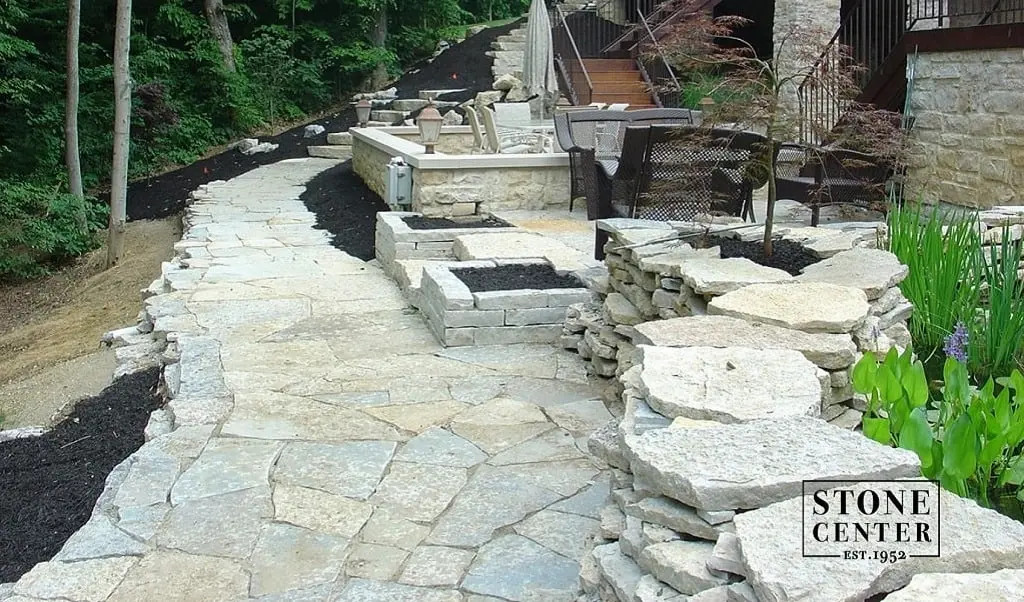 how to maintain rock landscaping
how to maintain rock landscaping
Keeping stone pavers clean involves a few simple steps to ensure they look their best and remain safe to walk on.
- Sweep Off Stones: Regularly sweep away leaves and debris with a stiff-bristle broom or leaf blower.
- Rinse: Rinse the stones with a garden hose or pressure washer, working from top to bottom.
- Scrub Stains: Scrub any visible stains or algae with a brush dipped in a solution of water and white vinegar.
- Clean Crevices: Use a toothbrush or small brush with warm water and white vinegar to clean hard-to-reach cracks.
- Rinse and Dry: Rinse everything thoroughly and allow the pavers to dry completely.
6. Gentle Cleaning for Decorative Rock Walls
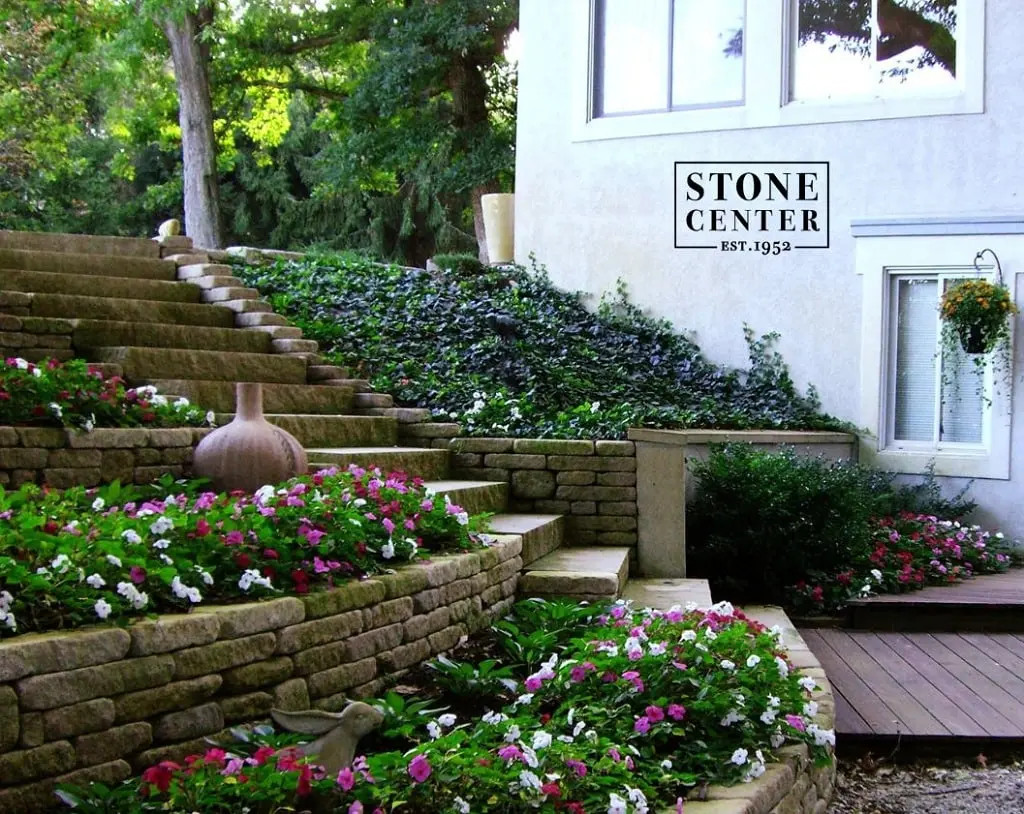 cleaning landscape rocks
cleaning landscape rocks
Decorative rock walls require a gentle approach to avoid damage, especially if they are made of manufactured stone.
- Use a Soft Brush: Start by removing loose dirt and debris with a soft-bristled brush.
- Apply Mild Solution: Use a mixture of mild dish soap or a stone cleanser with warm water. Gently scrub the surface with a soft cloth or sponge.
- Rinse Carefully: Rinse off the soap with a garden hose or a low-pressure power washer.
- Avoid Harsh Methods: Do not use a pressure washer or chemical cleaners, as they can cause cracking, chipping, or discoloration.
7. Maintaining Rock Landscaping for Long-Term Beauty
 how to clean landscape stone
how to clean landscape stone
Maintaining rock landscaping involves more than just cleaning. Regular upkeep is essential to keep it looking its best.
- Regular Maintenance: Inspect and clean your garden gravel regularly to keep debris at bay.
- Invest in Tools: A good pair of gloves, a rake, and a leaf blower can make cleaning easier.
- Use Weed Barriers: Install a weed barrier or landscape fabric underneath the gravel to prevent weed growth.
- Rake and Sweep: Use a rake to remove larger debris and a broom or leaf blower for smaller bits.
- Apply Weed Killer: Use a safe weed killer if weeds appear.
- Install Gutter Guards: Prevent leaves and debris from falling into the gravel by installing gutter guards.
- Use Organic Mulch: Apply organic mulch around plants to prevent weed growth and keep the gravel clean.
8. How to Clean River Rock Effectively
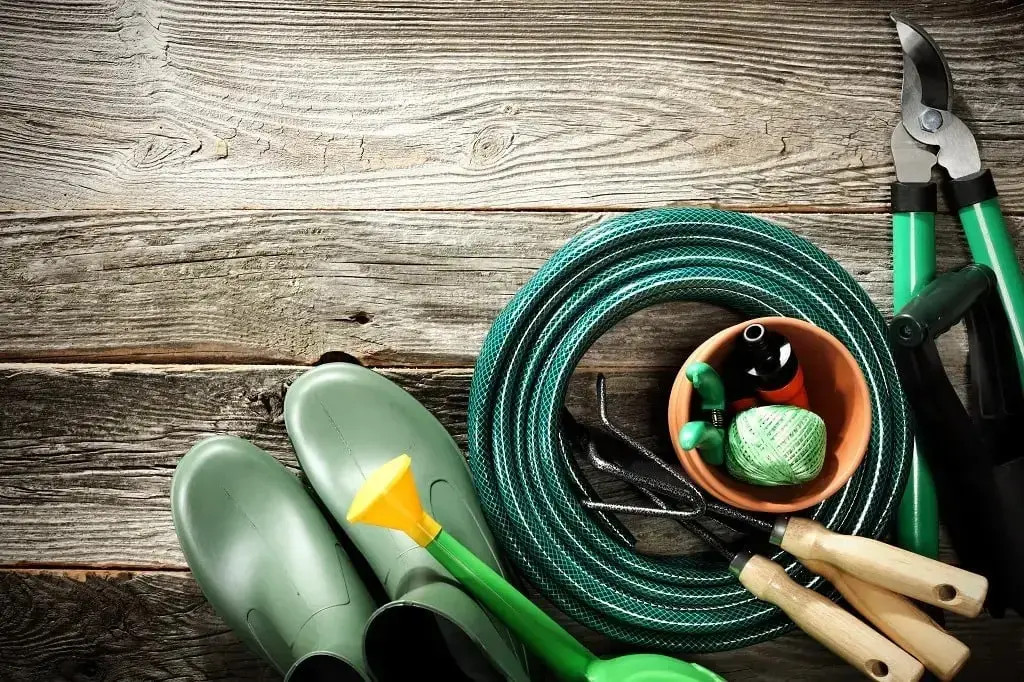 how to clean landscape rocks
how to clean landscape rocks
River rocks require special attention to maintain their smooth and attractive appearance.
- Prepare the Area: Remove any furniture, decorations, or other items that might obstruct your cleaning process.
- Gather Tools: Collect a hose or pressure washer, a stiff-bristle brush or broom, a bucket filled with water and mild dish detergent, gloves, safety goggles (if using a pressure washer), a leaf blower or rake, and a small brush or toothbrush.
- Remove Debris: Use a rake or leaf blower to clear away leaves, debris, or loose dirt.
- Rinse the Rocks: Use a garden hose or pressure washer to rinse off the river rocks. Start at the top and work your way down.
- Scrub with Cleaning Solution: Mix water and a gentle detergent in a bucket. Dip a stiff-bristle brush or broom into the solution and scrub the rocks, focusing on stains or algae. For stubborn stains, use a mixture of equal parts water and white vinegar.
- Clean Crevices: Use a small brush or toothbrush dipped in your cleaning solution to clean crevices and indentations.
- Rinse Again: Rinse the rocks again with your garden hose and any power-washing tool.
- Allow to Dry: Allow the rocks to air dry. Use a leaf blower or a dry towel to remove excess moisture.
- Regular Maintenance: Regularly remove leaves and debris, wash pebbles, and periodically rinse the rocks with water.
9. Sealing Your River Rocks for Protection
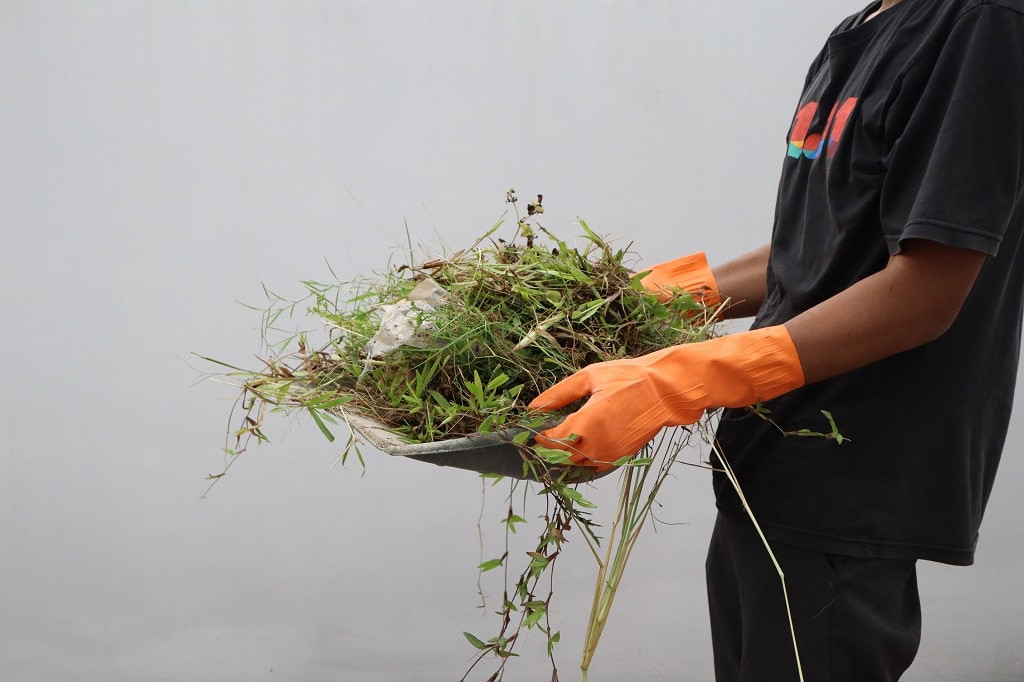 clean landscape rock
clean landscape rock
Applying a sealant to your river rocks can provide extra protection and make future cleaning easier.
- Choose a Sealant: Select a sealant specifically designed for stone surfaces.
- Apply After Cleaning: Ensure the rocks are completely clean and dry before applying the sealant.
- Follow Instructions: Follow the manufacturer’s instructions for application, as methods may vary.
- Benefits: Sealing helps prevent the buildup of dirt, algae, and stains, and protects the rocks from harsh weather.
10. Addressing Common Issues in Landscape Rock Cleaning
When cleaning landscape rocks, you may encounter common issues such as algae growth, stubborn stains, and weed intrusion. Here’s how to tackle them:
- Algae Growth: Algae thrive in moist environments. Use a solution of water and white vinegar, or a commercial algae remover, to scrub affected areas. Regular rinsing and ensuring good drainage can prevent future growth.
- Stubborn Stains: For tough stains, a bleach solution (one part bleach to four parts water) can be effective, especially on white stones. Apply carefully and rinse thoroughly to avoid discoloration.
- Weed Intrusion: Prevent weeds by using a weed barrier underneath the rocks. If weeds appear, manually remove them or use a safe weed killer.
- Discoloration: Some cleaning agents can cause discoloration. Always test a small, inconspicuous area first. Avoid using harsh chemicals that can damage the rock’s surface.
11. Environmentally Friendly Cleaning Solutions for Landscape Rocks
Opting for environmentally friendly cleaning solutions is a responsible choice that protects your landscape and the environment.
- Vinegar and Water: A mixture of equal parts white vinegar and water is effective for removing algae and mild stains.
- Baking Soda: Baking soda can be used as a gentle abrasive cleaner for scrubbing rocks.
- Dish Soap: A mild dish soap mixed with water is suitable for general cleaning.
- Avoid Harsh Chemicals: Stay away from harsh chemicals, such as muriatic acid, which can harm plants and wildlife.
12. Timing Your Landscape Rock Cleaning
The best time to clean your landscape rocks depends on your local climate and the specific conditions of your yard.
- Spring: Spring is an ideal time to clean landscape rocks after the winter season. This helps remove any accumulated debris, algae, or stains.
- Summer: Monitor your rocks during the summer months and clean as needed to prevent excessive buildup of dirt and algae.
- Fall: Before winter sets in, give your landscape rocks a thorough cleaning to prevent damage from freezing temperatures and moisture.
- Avoid Extreme Weather: Avoid cleaning rocks during extreme heat or cold, as these conditions can affect the effectiveness of cleaning solutions and drying times.
13. How to Choose the Right Rocks for Your Landscape
Choosing the right rocks for your landscape is crucial for achieving the desired aesthetic and functionality.
- Consider Your Style: Select rocks that complement your home’s architecture and your personal style.
- Think About Size and Shape: The size and shape of the rocks should be appropriate for the scale of your landscape.
- Choose the Right Type: Different types of rocks, such as river rock, granite, or limestone, offer different looks and properties.
- Local Availability: Opt for locally sourced rocks to reduce transportation costs and environmental impact.
- Drainage: Consider how the rocks will affect drainage in your yard.
- Maintenance: Choose rocks that are easy to maintain and clean.
14. Creative Ways to Use Landscape Rocks in Your Yard
Landscape rocks can be used in a variety of creative ways to enhance the beauty and functionality of your yard.
- Rock Gardens: Create a rock garden featuring a variety of rock sizes and shapes, along with drought-tolerant plants.
- Pathways: Use stone pavers or gravel to create pathways through your garden or yard.
- Water Features: Incorporate rocks into water features, such as ponds or fountains, to add a natural element.
- Retaining Walls: Build retaining walls with large rocks to prevent soil erosion and create terraced garden beds.
- Edging: Use rocks to create edging around garden beds or walkways.
- Dry Riverbeds: Design a dry riverbed with river rocks to add visual interest and improve drainage.
- Decorative Accents: Use rocks as decorative accents around trees, shrubs, or other landscape features.
15. How to Get Rid of Ants in Landscape Rocks
Ants can be a nuisance in landscape rocks, but there are several ways to control them.
- Identify the Ant Species: Different ant species may require different control methods.
- Clean the Area: Remove any food debris or other attractants from the area around the rocks.
- Use Bait: Place ant bait near the rocks to attract and kill ants.
- Apply Insecticide: Use an insecticide specifically designed for ant control.
- Natural Remedies: Try natural remedies, such as diatomaceous earth or boric acid, to control ants.
- Seal Cracks: Seal any cracks or crevices in the rocks to prevent ants from entering.
- Professional Help: If the ant infestation is severe, consider hiring a professional pest control service.
16. Expert Tips for Landscape Rock Maintenance
To keep your landscape rocks looking their best, follow these expert maintenance tips:
- Regular Inspection: Regularly inspect your rocks for any signs of damage, algae growth, or weed intrusion.
- Prompt Cleaning: Clean your rocks promptly when you notice any dirt, debris, or stains.
- Proper Drainage: Ensure proper drainage to prevent water buildup and algae growth.
- Avoid Overwatering: Avoid overwatering plants near the rocks, as excessive moisture can promote algae growth.
- Use Weed Barriers: Use weed barriers to prevent weed growth.
- Apply Sealant: Apply a sealant to protect the rocks and make future cleaning easier.
- Professional Cleaning: Consider hiring a professional landscape cleaning service for deep cleaning and maintenance.
17. The Impact of Climate on Landscape Rock Cleaning
The climate in your area can significantly impact how often you need to clean your landscape rocks and the types of cleaning solutions you should use.
- Humid Climates: Humid climates promote algae and moss growth, requiring more frequent cleaning and the use of algae removers.
- Dry Climates: Dry climates may result in less algae growth, but dust and dirt can accumulate quickly. Regular rinsing and sweeping may be sufficient.
- Cold Climates: Cold climates can cause rocks to crack or crumble due to freezing and thawing. Use a sealant to protect the rocks and avoid cleaning during freezing temperatures.
- Coastal Climates: Coastal climates can expose rocks to salt spray, which can cause corrosion. Rinse rocks regularly with fresh water to remove salt buildup.
- Sunny Climates: Sunny climates can fade the color of some rocks. Use a UV-resistant sealant to protect the rocks from fading.
18. University Research on Landscape Rock Maintenance
Research from institutions like Arizona State University’s School of Earth and Space Exploration highlights the importance of proper landscape rock maintenance. According to research from Arizona State University’s School of Earth and Space Exploration, in July 2025, regular cleaning and maintenance can significantly extend the lifespan and aesthetic appeal of landscape rocks. Proper maintenance also helps prevent soil erosion and promotes healthy plant growth.
19. FAQs About Cleaning Landscape Rocks
1. How often should I clean my landscape rocks?
The frequency depends on your local climate and the amount of dirt and debris in your yard. Generally, cleaning your rocks once or twice a year is sufficient.
2. Can I use a pressure washer on all types of landscape rocks?
No, pressure washers can damage delicate or manufactured stones. Use caution and test a small area first.
3. What is the best way to remove algae from landscape rocks?
Use a solution of water and white vinegar or a commercial algae remover. Scrub the affected areas with a stiff-bristle brush and rinse thoroughly.
4. How can I prevent weeds from growing in my landscape rocks?
Use a weed barrier underneath the rocks and manually remove any weeds that appear. You can also use a safe weed killer.
5. Is it safe to use bleach on landscape rocks?
Yes, but use it sparingly and dilute it with water. Rinse thoroughly to avoid discoloration.
6. Can I use dish soap to clean landscape rocks?
Yes, a mild dish soap mixed with water is suitable for general cleaning.
7. How do I clean hard-to-reach areas on landscape rocks?
Use a small brush or toothbrush dipped in your cleaning solution to scrub crevices and indentations.
8. What is the best way to dry landscape rocks after cleaning?
Allow the rocks to air dry or use a leaf blower or dry towel to remove excess moisture.
9. Should I seal my landscape rocks after cleaning?
Sealing your rocks can provide extra protection and make future cleaning easier. Choose a sealant specifically designed for stone surfaces.
10. How do I choose the right type of rocks for my landscape?
Consider your style, the size and shape of your yard, the type of rock, local availability, and drainage when choosing rocks for your landscape.
20. Conclusion: Keep Your Rockscapes Pristine
Maintaining landscape rocks is essential for preserving the beauty and functionality of your outdoor space. By following these comprehensive guidelines, you can ensure your rocks remain a stunning feature of your property for years to come.
Ready to transform your landscape with beautiful, well-maintained rocks? Visit rockscapes.net today for inspiration, detailed product information, and expert advice. Let us help you create the perfect rockscape for your home!
Address: 1151 S Forest Ave, Tempe, AZ 85281, United States
Phone: +1 (480) 965-9011
Website: rockscapes.net
